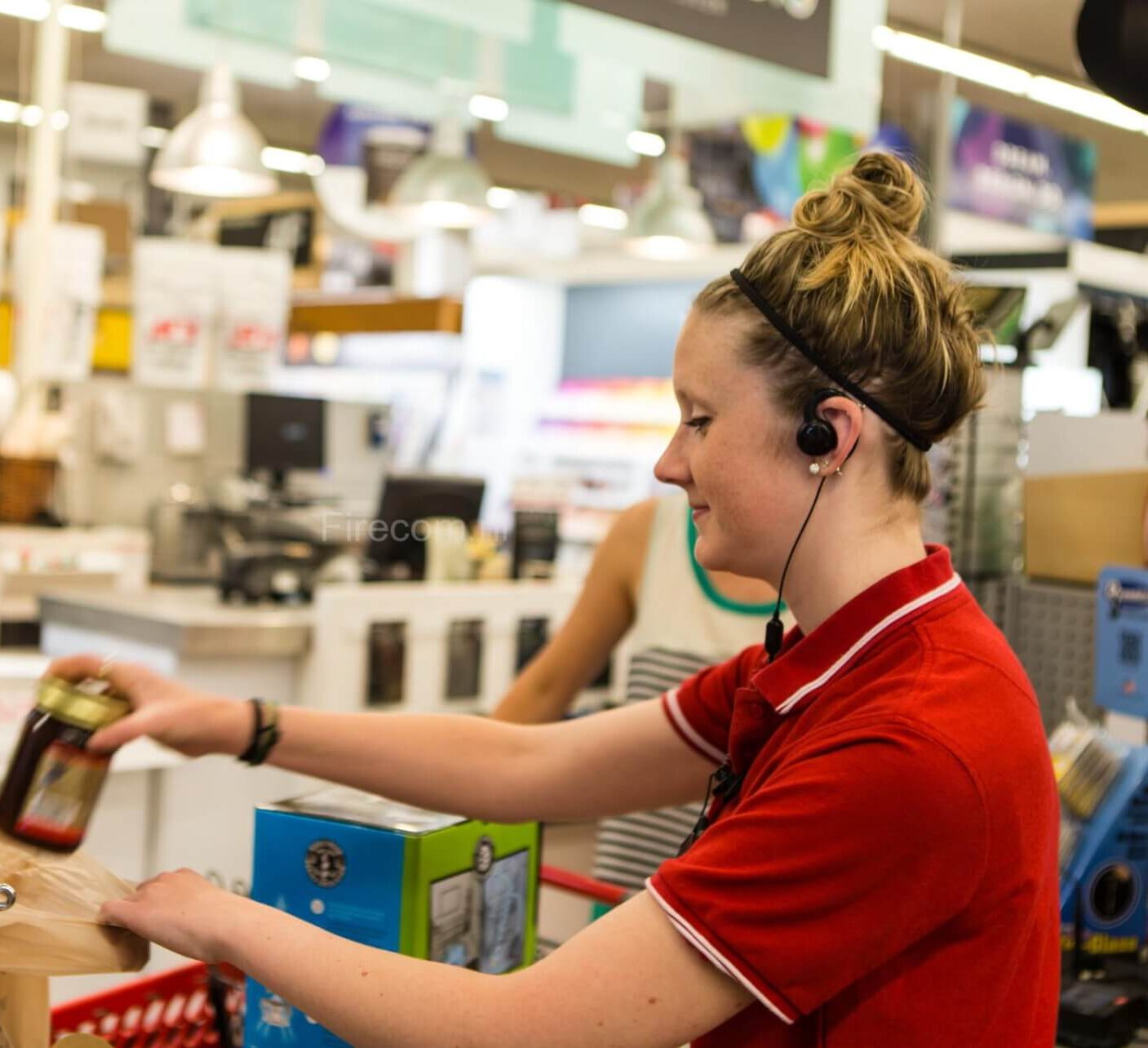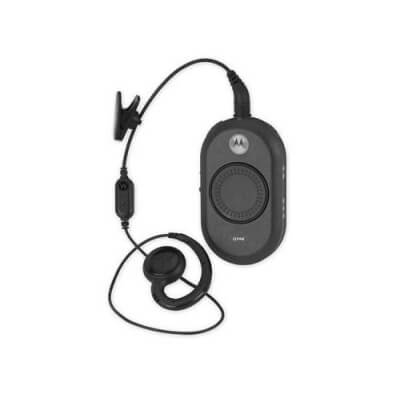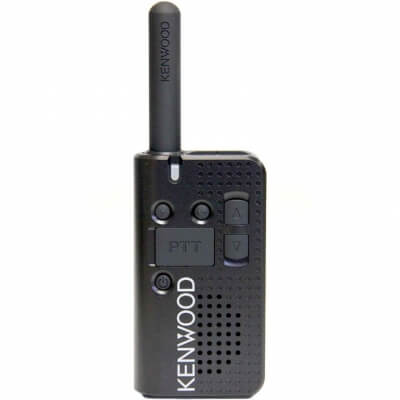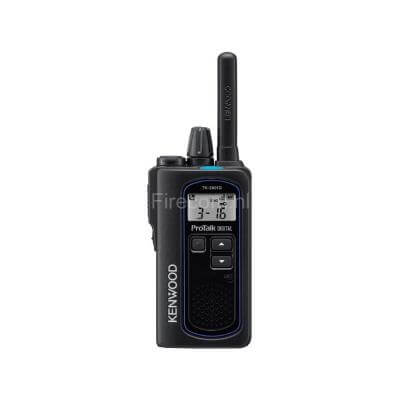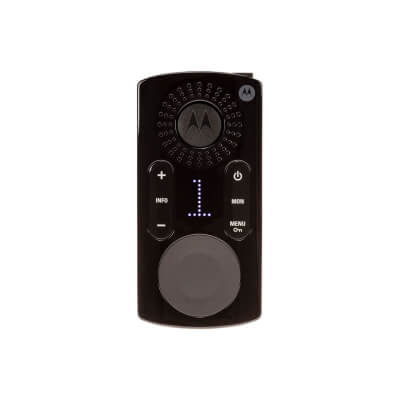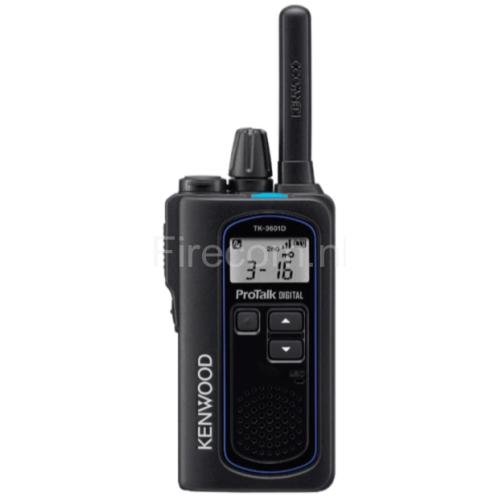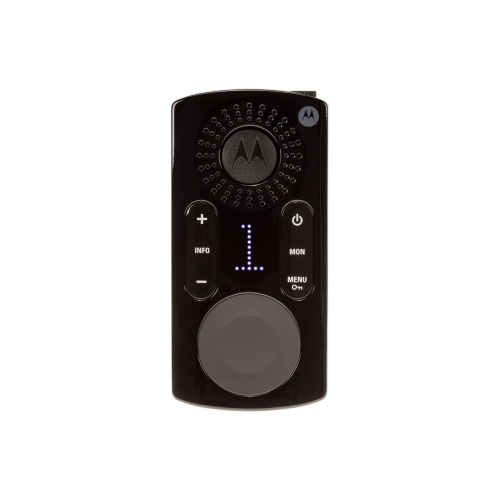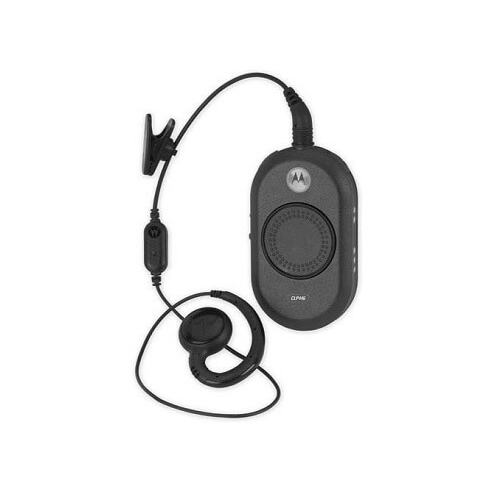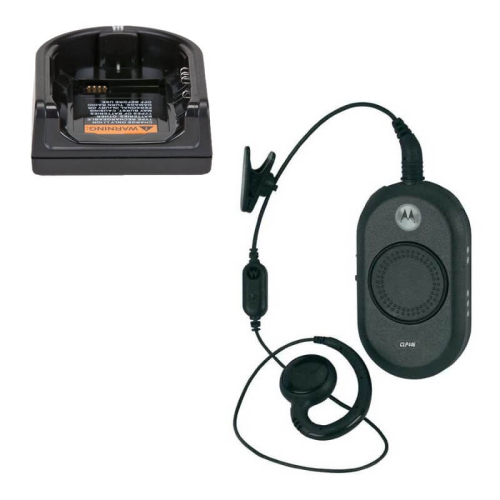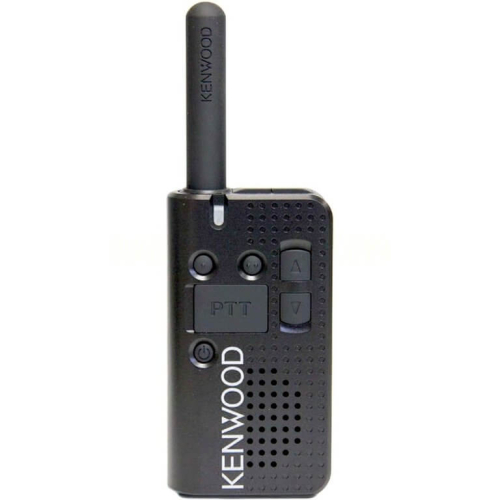Share
For several years, walkie-talkies have made their appearance in retail and the hospitality industry. More and more retail companies and catering companies have started using two-way radio communication within their company. Especially at supermarkets earphones (walkie-talkies) and push buttons are quickly introduced.
Two-way radio communication is a fast and modern way to exchange information directly with colleagues. The equipment allows you to communicate quickly and directly with each other. A suspicious situation in the store, a question from a customer or a stock problem, all quickly communicated with your colleagues through the two-way radios. The walkie-talkie is a welcome addition, especially in terms of customer-friendliness.
Does the customer have a question and cannot the employee answer it immediately? All colleagues are available at the touch of a button. As a result, the customer is served faster and a customer question also costs your employee (s) less time. Announcements to employees no longer need to be made via an intercom. As a result, customers will no longer be disturbed by service announcements during their visit.
Advantages of walkie-talkies
All in all, the use of walkie-talkies in retail and the catering industry has various advantages, but mainly the fast and direct mutual communication. We understand that it is not easy for you to find out which two-way radio is best suited to use in your company. Therefore, the similarities and differences between PKT-23E, the TK-3601D, the CLP446 en the CLK446 walkie-talkies described below to make the choice easier for you. In our opinion, these walkie-talkies are the most suitable and easy to use in both retail and hospitality.
The differences between the radios
License-free
First of all, all walkie-talkies are license-free. Walkie-talkies have been used for remote communication between people for decades. These walkie-talkies are used in the PMR band (446 MHz). No license is required for this tire. The maximum transmission power of these two-way radios is 0,5 watts. If the range of the license-free walkie-talkie is not sufficient, you can use professional walkie-talkies with a license from the Telecom Agency. However, this is often not the case within the retail and catering industry. Only the CLK446 is available in both a license-free and a licensed version if necessary.
The size
Secondly, there are differences between the walkie-talkies in terms of the size of the walkie-talkies. All walkie-talkies have a small size, making them ideal to attach to the belt without being bothered by this. The PKT-23E has a very compact size. Thanks to its compact design, it is one of the lightest of its kind at 110 grams and extremely user-friendly. With the IP54 certification, it is also dust and splash-proof. The extremely user-friendly CLP446 is super light but also very compact. The walkie-talkie weighs only 67,5 grams per walkie-talkie and has a large round Push-to-talk button through which you can speak. The perfect sound quality and the simple operation make this product ideal. The walkie-talkie is equipped with a minimal number of buttons and connections to make use as easy as possible. This walkie-talkie has been specially developed by Motorola for use in retail and the hospitality industry.
The CLK446 is the improved version of the CLP446. Compared to the current CLP446, a CLK446 has a built-in speaker, display and multiple wearing options such as wrist and neck cord. The CLK446 also has a weight of 67,5 grams. Unlike the other two-way radios, the TK-3601D two-way radio is slightly larger. The TK-3601D is also slightly heavier and weighs 160 grams per two-way radio.
The range
Thirdly, there are also differences between the range of the different walkie-talkies. It is difficult to say exactly what the range of the walkie-talkies is, as this depends on various factors such as the business premises, the surrounding construction, the layout of the business premises, the number of floors, the number of people present in the building, the amount of steel in the building, the amount of windows etc. The PKT-23E, the CLP446 and the CLK446 generally always have an excellent range. The TK-3601D has a stronger range compared to the other two-way radios.
The use
Fifth, there are also differences in the way of communicating. With the PKT-23E, the TK-3601D and the CLK446 it is possible to communicate with or without earphones. Communication can therefore take place via the walkie-talkies themselves, but earphones can also be used. This is different with the CLP446. The CLP446 can only be used in combination with an earpiece for this two-way radio. Sending and receiving via the walkie-talkie itself is therefore not possible, but only via the walkie-talkie + the earpiece.
To communicate
Fourth, there are also differences between the communication. All walkie-talkies that are suitable for the hospitality industry and retail in this article use analog communication. However, the TK-3601D can also use digital communication. Digital walkie-talkies have better voice quality, more range and, according to our experts, are the future.
Are you curious about the differences between analog and digital walkie-talkies. Then read our knowledge article.
Prices of the walkie-talkies
The PKT-23E and CLP446 are a good price compared to the quality and convenience you will get from the two-way radios. The CLK446 is slightly more expensive compared to the PKT-23E and the CLP446. This has to do with the fact that the CLK446 is an improved version of the CLP446. Finally, the TK-3601D is the most expensive of the various walkie-talkies. The TK-3601D is the most expensive because it can communicate not only analog but also digitally.
Check the articles on our website for the current prices.
Making the walkie-talkies interference-free
Most walkie-talkies that are now used in the hospitality industry and retail supermarkets are license-free walkie-talkies. These walkie-talkies use approx. 30 freely available frequencies. Each supplier uses its own undertone, but upon delivery, this undertone is not changed by a personal undertone. This often results in annoying noise or shared use. All Firecom equipment therefore has a personal undertone. By programming your personal undertone, you no longer suffer from noise or shared use.
Push button for assistance
Another possible application within the hospitality industry and retail could be push buttons for assistance. Need assistance with the bottle conveyor or an extra cash register? Our push button sends a wireless message over a very long distance. The alarm receiver will vibrate and beep and display the set message on the screen. Also ideal to place at any cash register. If there are any problems, the manager will immediately receive a message “Problems at checkout 4”. This ensures faster communication between employees, which ultimately saves time. This is also pleasant for the customer, as it helps them faster.
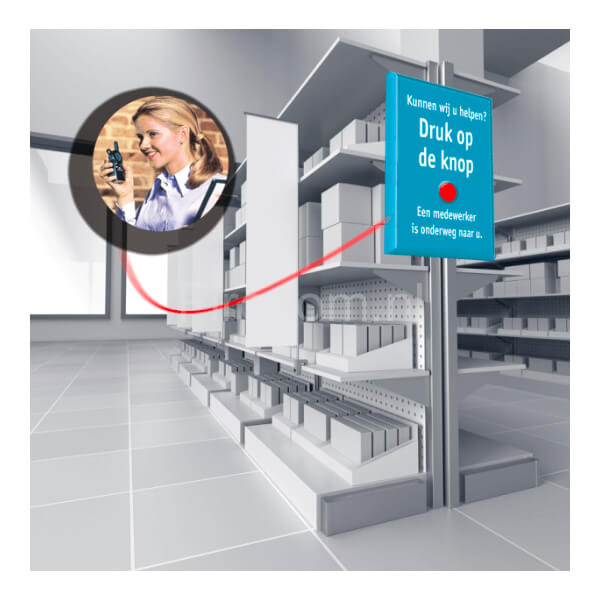
Demo set
Did you know that it is also possible to request a Demo set of the different walkie-talkies with us to test whether they work well within your company. If desired, you can contact us via our contact form by clicking on this link. We will then send you a demo set with the most suitable two-way radios for your company. You have 2 weeks for the test, after which the walkie-talkies can be sent back to us.
Contact
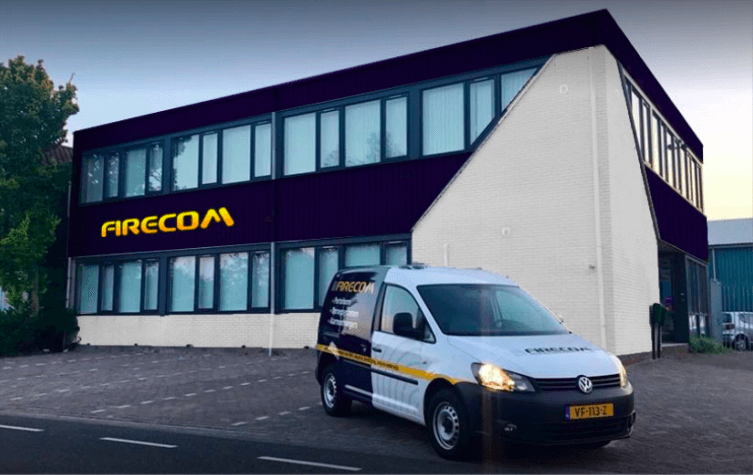
Visiting address
10 ring road,
2941CG Lekkerkerk
VAT: NL859285224B01
Chamber of Commerce: 72915846
Bank account: NL46 RABO 0117 8619 87
